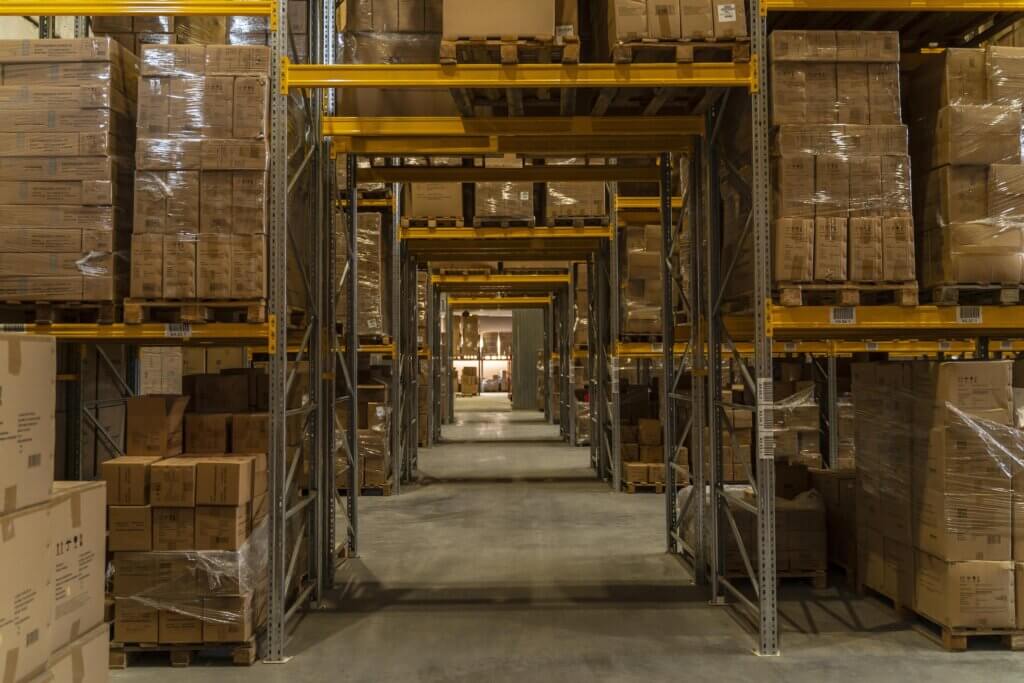
Inventory Meaning
Inventory refers to the stock of goods or materials held by a business for the purpose of production, sales, or distribution. Inventory levels play a major role in the financial instability of a business.
It includes both raw materials and finished products. Inventory management is a critical aspect of logistics and supply chain management as it involves the planning, acquisition, storage, and control of inventory.
Example:
- The inventory of drugs in the hospital is decreasing.
- At last check, we had 100 shirts and 50 jeans in our inventory.
Inventory Meaning in Tamil
Inventory = சரக்கு இருப்பு
சரக்கு இருப்பு (Inventory) என்பது உற்பத்தி, விற்பனை அல்லது விநியோகத்திற்காக வைத்திருக்கும் சரக்குகள் அல்லது பொருட்களின் இருப்பைக் குறிக்கிறது. சரக்கு இருப்பின் அளவு வணிகத்தின் பொருளாதார ஏற்ற இறக்கத்தில் பெரும்பங்கு வகிக்கிறது.
Example:
- மருத்துவமனையில் மருந்துகளின் இருப்பளவு குறைந்து வருகிறது
- கடைசியாகப் பார்த்தபோது, எங்கள் சரக்கு இருப்புக் கணக்கில் 100 சட்டைகளும் 50 ஜீன்ஸ்களும் இருந்தன.
Inventory Meaning in Hindi
Inventory = भंडार
इन्वेंटरी से तात्पर्य उत्पादन, बिक्री या वितरण के उद्देश्य से किसी व्यवसाय द्वारा रखे गए माल या सामग्रियों के स्टॉक से है। किसी व्यवसाय की वित्तीय अस्थिरता में इन्वेंटरी का स्तर प्रमुख भूमिका निभाता है।. इसमें कच्चा माल और तैयार उत्पाद दोनों शामिल हैं। इन्वेंटरी प्रबंधन लॉजिस्टिक्स और आपूर्ति श्रृंखला प्रबंधन का एक महत्वपूर्ण पहलू है क्योंकि इसमें इन्वेंट्री की योजना, अधिग्रहण, भंडारण और नियंत्रण शामिल है।
Example:
- अस्पताल में दवाओं का भंडार कम होता जा रहा है।.
- अंतिम जाँच में, हमारी इन्वेंटरी में 100 शर्ट्स और 50 जीन्स थीं।.
Inventory Meaning in Marathi
Inventory = इन्व्हेंटरी
वस्तूसूची म्हणजे उत्पादन, विक्री किंवा वितरणाच्या उद्देशाने व्यवसायाने ठेवलेल्या वस्तू किंवा सामग्रीचा साठा. व्यवसायाच्या आर्थिक अस्थिरतेमध्ये वस्तूसूची पातळी मोठी भूमिका बजावते. यात कच्चा माल आणि तयार उत्पादने दोन्ही समाविष्ट आहेत. वस्तूसूची मॅनेजमेंट हे लॉजिस्टिक्स आणि सप्लाय चेन मॅनेजमेंटचे एक महत्त्वाचे पैलू आहे कारण त्यात वस्तूसूची नियोजन, संपादन, स्टोरेज आणि नियंत्रण यांचा समावेश असतो.
Example:
- रुग्णालयात औषधांचा साठा कमी आहे.
- शेवटच्या तपासणीत, आमच्या यादीत 100 शर्ट आणि 50 जीन्स होत्या.
Types of inventory
Raw Materials:
Raw materials refer to the fundamental constituents or inputs employed during the manufacturing process. They encompass various items such as metals, chemicals, fabrics, and wood.
Work-in-Progress (WIP):
WIP inventory consists of partially finished products that are still undergoing production. It includes goods that have been started but are not yet completed.
Finished Goods:
Finished goods, on the other hand, are the end products that have undergone the entirety of the production process and are prepared for sale or distribution. These items have been fully manufactured and are now awaiting delivery to customers.
Maintenance, Repair, and Operations (MRO) Inventory:
MRO inventory includes items required to support production and operations, such as tools, spare parts, lubricants, and other consumables.
Transit Inventory:
Transit inventory refers to goods that are in transit between different locations. It includes inventory being transported by various modes of transportation, such as trucks, ships, or planes.
Role of Inventory in Logistics
Demand Fulfillment:
Inventory plays a crucial role in meeting customer demand promptly. By maintaining an adequate level of inventory, companies can fulfill customer orders without delays, reducing stock outs and improving customer satisfaction.
Buffer Stock:
Inventory serves as a buffer against uncertainties in demand and supply. It acts as a safety net to absorb fluctuations in customer demand, supply chain disruptions, or lead time variations.
Economies of Scale:
Holding inventory allows companies to take advantage of economies of scale in production and procurement. By purchasing and producing in larger quantities, companies can reduce per-unit costs and improve profitability.
Order Cycle Time Reduction:
Inventory can help reduce order cycle time, which is the time between placing an order and receiving it. By stocking inventory strategically, companies can reduce lead times and deliver products to customers faster.
Risk Mitigation:
Inventory can help mitigate risks associated with supply chain disruptions, such as supplier delays, natural disasters, or political instability. Having safety stock on hand can provide a buffer and enable continuity of operations during unforeseen events.
Seasonal Demand Management:
Inventory allows companies to manage seasonal fluctuations in demand effectively. By building up inventory during low-demand periods, companies can ensure product availability during peak seasons and avoid missed sales opportunities.
Cost Optimization:
Effective inventory management helps optimize costs associated with storage, handling, and transportation. By implementing inventory control techniques like just-in-time (JIT) or lean inventory management, companies can reduce carrying costs and improve efficiency.
Supply Chain Coordination:
Inventory management facilitates coordination and collaboration among different entities in the supply chain. By sharing inventory data and implementing inventory visibility technologies, companies can synchronize their activities, improving overall supply chain performance.
Overall, inventory plays a vital role in logistics by ensuring smooth operations, meeting customer demand, mitigating risks, and optimizing costs throughout the supply chain.
Example:
Let’s imagine you run a small grocery store. Your inventory consists of various items such as fruits, vegetables, canned goods, and snacks. To manage your inventory effectively, you keep track of the quantity and availability of each item. When a customer purchases a product, you reduce the quantity in your inventory accordingly.
Additionally, you regularly restock your inventory by ordering more items from suppliers based on sales trends and customer demand. This helps ensure that you have enough stock to meet customer needs while minimizing the risk of overstocking and waste. By keeping a close eye on your inventory, you can efficiently manage your store, provide prompt service to customers, and make informed decisions about purchasing and pricing.
Frequently Asked Questions:
- Why is inventory management important in logistics?
Inventory management is crucial in logistics to ensure efficient supply chain operations, meet customer demand, mitigate risks, and optimize costs.
- What are the types of inventory?
The types of inventory include raw materials, work-in-progress (WIP), finished goods, maintenance, repair, and operations (MRO) inventory, and transit inventory.
- How does inventory help with demand fulfillment?
Inventory enables companies to fulfill customer orders promptly, reducing stockouts and improving customer satisfaction by ensuring product availability when needed.
